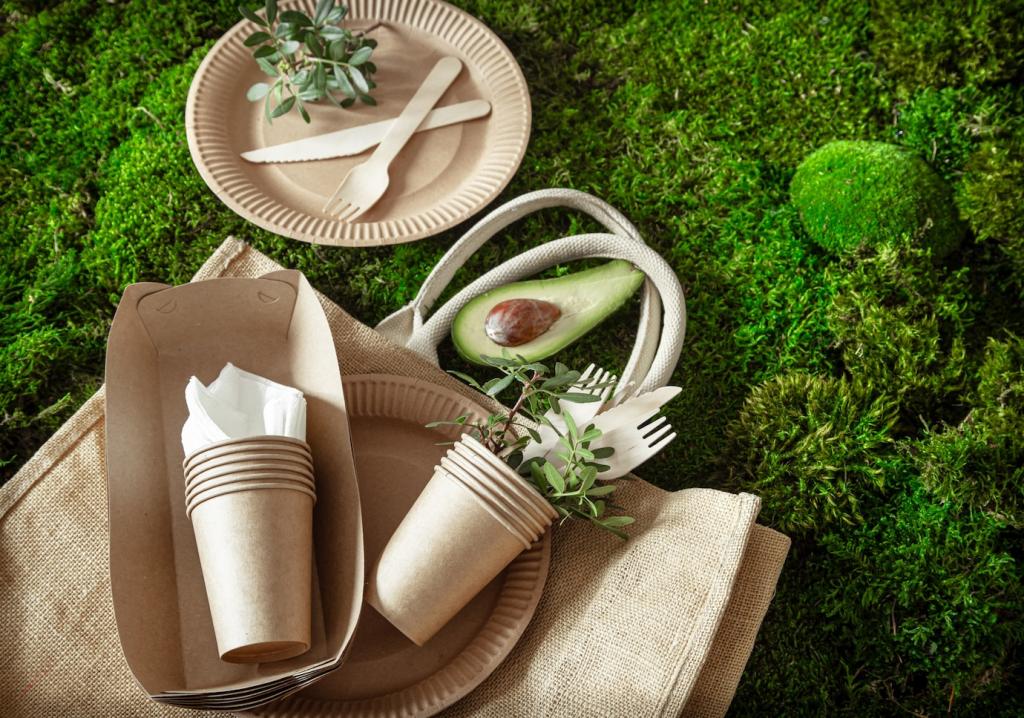
How to Build a Sustainable Wardrobe: Key Tips and Essentials
Building a sustainable wardrobe is about more than just making ethical purchases; it’s a mindful lifestyle decision that has a far-reaching positive impact on both the environment and your personal values. By prioritizing quality, longevity, and thoughtful choices over fleeting trends, you can gradually create a closet that not only looks good but also does good for the planet. This guide will walk you through key strategies and essential considerations for making your wardrobe more sustainable while still expressing your unique style.
Understanding the Need for Sustainability in Fashion
The Environmental Impact of Fast Fashion
The fast fashion model relies on mass production, cheap materials, and quick turnover, putting enormous pressure on natural resources, water supplies, and energy consumption. Vast amounts of discarded clothing end up in landfills each year, where synthetic fibers can take centuries to break down. Beyond landfill waste, clothing production contributes significantly to greenhouse gas emissions and water pollution due to dyes and chemicals. By recognizing these critical issues, you can see why shifting away from fast fashion is a necessary step toward protecting our environment for future generations.
Social and Ethical Concerns in the Industry
Globalization has created a fashion industry reliant on garment workers in developing countries, where labor laws and safety regulations can be minimal or poorly enforced. This often means factory workers—many of whom are women—endure unsafe conditions and receive unfair wages. Ethical fashion prioritizes transparency, fair labor, and safe working environments, ensuring that your wardrobe choices support human dignity and well-being. Understanding these social dimensions enables you to make more informed and empathetic purchasing decisions that extend far beyond aesthetics and into the realm of global citizenship.
The Role of Mindful Consumption
Adopting a sustainable wardrobe hinges on the principle of mindful consumption—buying less but choosing better. It challenges the “wear once, discard fast” mentality propagated by trends and media, urging a more thoughtful approach to clothing acquisition. Mindful consumption means considering a garment’s entire lifecycle, from its production and materials to its longevity and eventual disposal. This shift doesn’t mean sacrificing style or practicality; it means investing in pieces you truly love and will wear repeatedly, thereby reducing your footprint and enhancing your personal connection to each item.
The Value of Timeless Pieces
Classic, timeless clothing withstands the test of time both in terms of style and durability, and forms the foundation of any sustainable wardrobe. Investing in simple, well-tailored staples—such as a crisp white shirt, a well-fitted blazer, or a versatile pair of jeans—means you’ll always have something to wear that fits most occasions. Timeless pieces bypass the seasonal whimsy that characterizes fast fashion, allowing you to look polished and feel comfortable without constantly chasing what's “in.” Over time, a collection of such dependable favorites can minimize your impulse to buy frequently, thus curbing excess waste and reducing your overall environmental impact.
Paying Attention to Materials and Construction
Fabric choice plays a pivotal role in the sustainability and longevity of your clothing. Favor natural, biodegradable fibers such as organic cotton, linen, hemp, or responsibly sourced wool, avoiding synthetics which contribute to microplastic pollution. Additionally, examining stitching, seams, and overall construction quality helps gauge how well a garment will wear over time. High-quality items may seem more expensive upfront, but their durability means they require less frequent replacement, offering far greater value. Thoughtful consideration of materials and how a piece is made ensures your wardrobe stands up to everyday wear and supports more responsible manufacturing practices.
Curating a Versatile Wardrobe
Creating a wardrobe where each item can be worn multiple ways and paired with various others is key to sustainability. Versatile pieces—like neutral tops, layering basics, or skirts that transition from work to weekend—extend the life and styling options of your clothing. This strategic curation simplifies your daily outfit choices and reduces the urge to purchase “special occasion” or single-use garments. As a result, your closet becomes more cohesive, functional, and adaptable to changing needs, which reinforces both your style and sustainability goals.
Previous slide
Next slide
Caring for Your Clothes Sustainably
Many people don’t realize that laundering clothing can have a significant ecological footprint due to energy usage, water consumption, and detergent chemicals. Washing garments in cold water reduces energy demand, while air-drying conserves electricity and cuts down on fabric wear. Less frequent washing also keeps clothes looking new longer and reduces fiber loss, which is particularly important for minimizing microplastic pollution from synthetic fabrics. By adopting gentle, energy-efficient laundry practices, you lower both your household’s carbon footprint and your wardrobe’s rate of turnover, deepening the value of every piece.
Instead of discarding garments at the first sign of wear or damage, sustainable wardrobe builders embrace repair and upcycling as powerful ways to extend product life. Simple sewing skills, such as mending holes or replacing buttons, restore functionality and preserve the story of your favorite pieces. More creatively, upcycling transforms an outdated or damaged item into something entirely fresh, be it through dyeing, embroidery, or repurposing. Such proactive approaches divert clothing from landfills and celebrate the uniqueness of your personal style, all while fostering a deeper relationship with your belongings.
How you store and organize your clothing determines whether it remains in good condition or deteriorates prematurely. Proper hanging, folding, and occasional rotation prevent fabric stress, moth damage, and unnecessary fading. Transparent organization helps you see and appreciate what you own, making it easier to style outfits and avoid redundant purchases. Mindful storage isn’t just practical: it cultivates a sense of stewardship and respect for your possessions, aligning daily habits with your broader sustainability ambitions.

